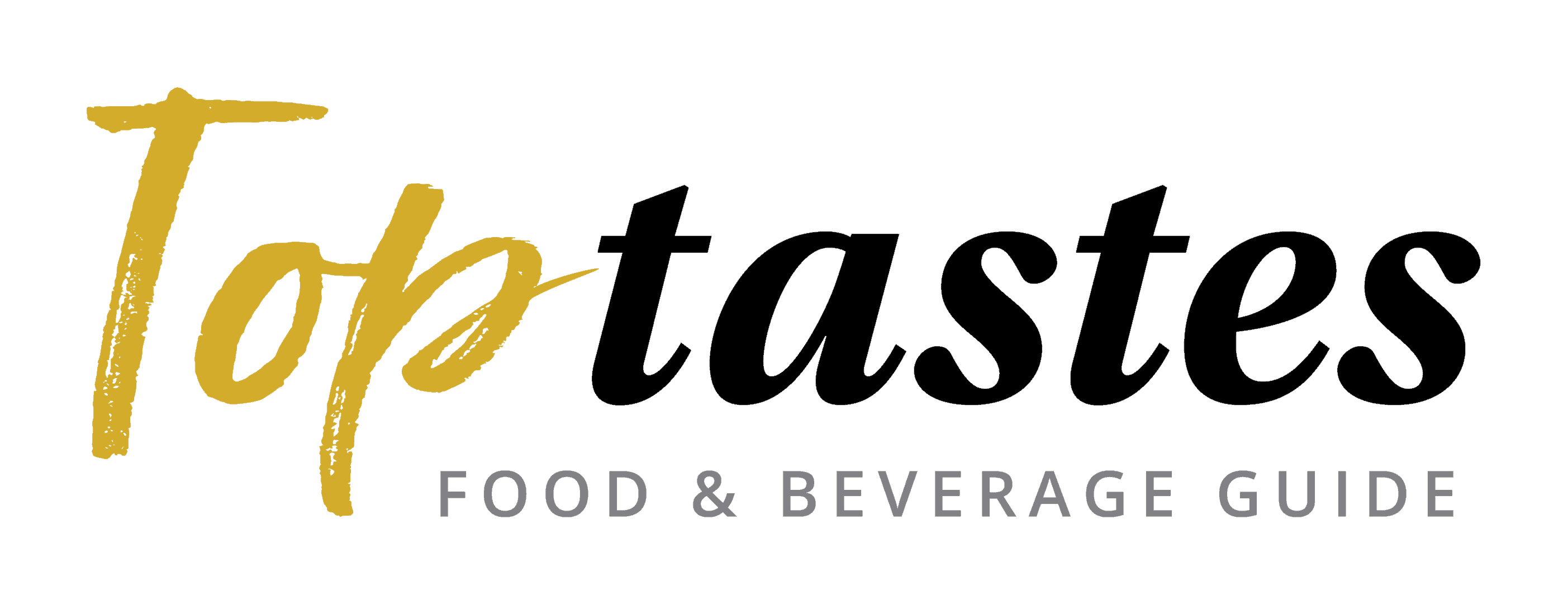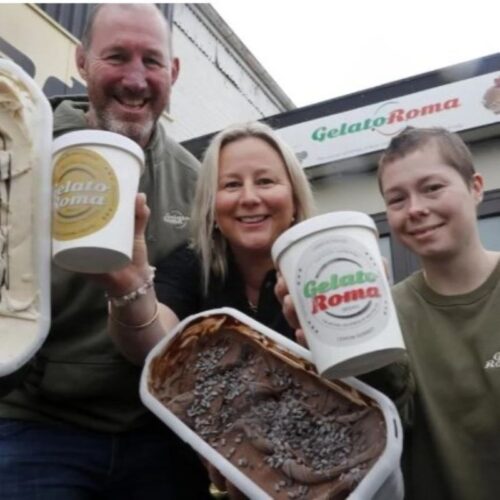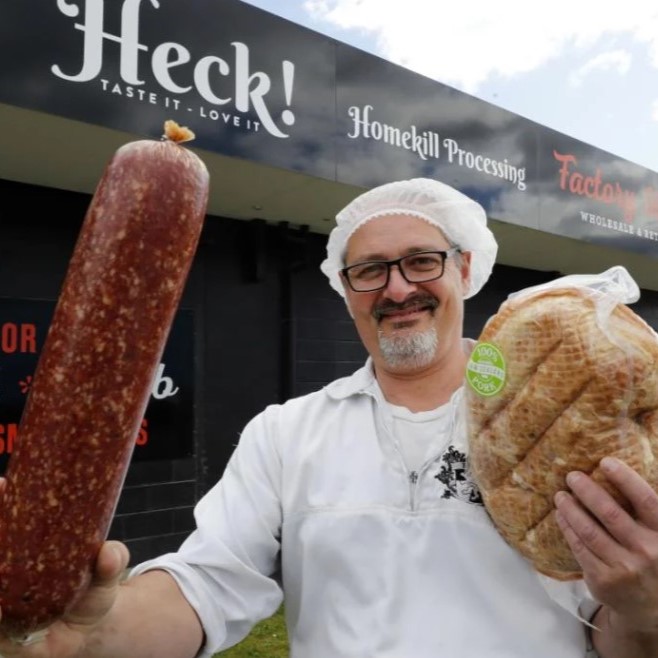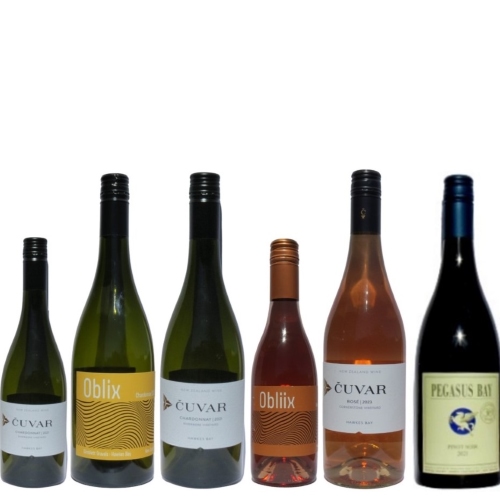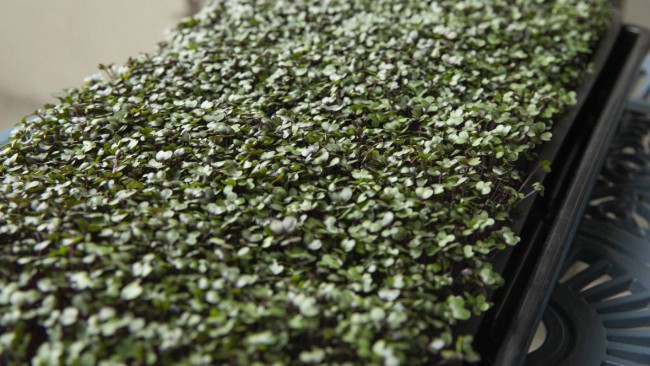
True Leaf Microgreens
If you have noticed the small packs of microgreens at your local supermarket or fruit and vegetable store and wondered how they are different to the packs of various bean sprouts I may be able to help, especially since I sat down with the owner of True Leaf Microgreens last week and asked him exactly that.
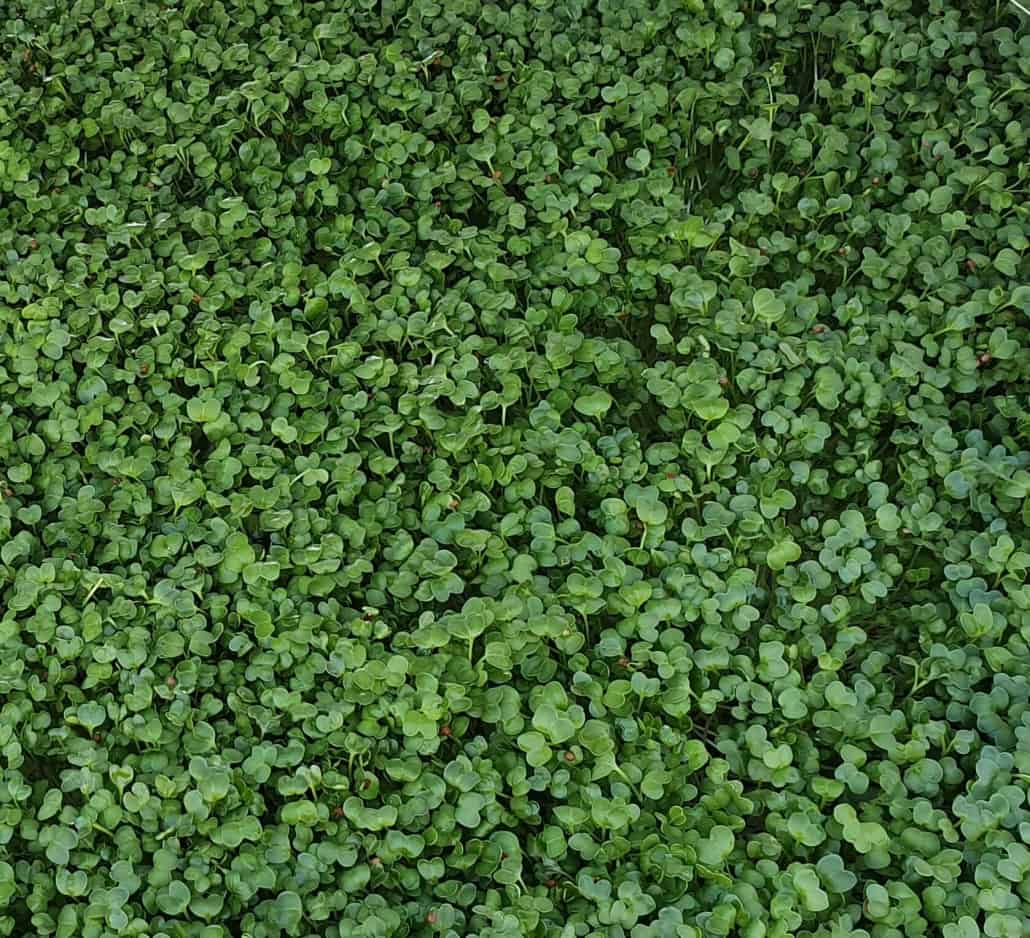 Dan McKean told me the real differences are in how they are produced, how they taste, the difference in nutrient quantities, and of course the fact one is a sprouted bean and the other is a tiny plant harvested before it matures into a large vegetable or herb. “Microgreens are vegetable or herb seeds that are grown to the first set of leaves, the cotyledon leaves, rather than being allowed to grow into seedlings for planting in the garden.”
Dan McKean told me the real differences are in how they are produced, how they taste, the difference in nutrient quantities, and of course the fact one is a sprouted bean and the other is a tiny plant harvested before it matures into a large vegetable or herb. “Microgreens are vegetable or herb seeds that are grown to the first set of leaves, the cotyledon leaves, rather than being allowed to grow into seedlings for planting in the garden.”
The second leaf that develops in these tiny plants is called the true leaf and he says that’s the inspiration for the name of the business.
It is at this point in their growth when they are at their most nutrient-dense stage, if you look into the research, microgreens are anywhere between four to 40 times more nutrient-dense than their adult counterpart. Needless to say, it is also when they have a big flavour impact, Dan says that microgreens immediately elevate the presentation of any dish or make a solid component in a meal all on their own.
As I have said many times, I’m always intrigued about the background of the amazing artisan producers in this region, and in Dan’s case there is an obvious journey, he worked as a joiner in the UK for a high-end bespoke joinery business while on his OE, the businesses clients included large international corporations and the Royal family.
In 2008 he returned to New Zealand where he worked for Hunter Laminates and then Xlam NZ. It was while working at Xlam alongside highly driven and entrepreneurial owners Robin and Ian Jack that Dan was given an insight into how to successfully start a company.
Robin introduced him to C and C++ computer programming (C is a Procedural Oriented programming language while C++ is an Object-Oriented Programming language), a programme they used to design cross laminated wood structures for multi-storey buildings.
Then about a year ago Dan was in the ASB bank branch and became further inspired by a cardboard cut out of Pic Picot, it was here that he thought “If Pic can start a company with a barrow full of nuts and a concrete mixer, then I can with a rectangle downpipe, length of irrigation, bread crate and a packet full of seeds.” It was at this point that he went and asked to open up a business account and the True Leaf venture began.
When it comes to business Dan says, “To be successful in business, first you must be in business”
He had been growing microgreens for some time and knew they were a great product and that there was an opportunity to use his various skills to start a business growing microgreens, microherbs and edible flowers.
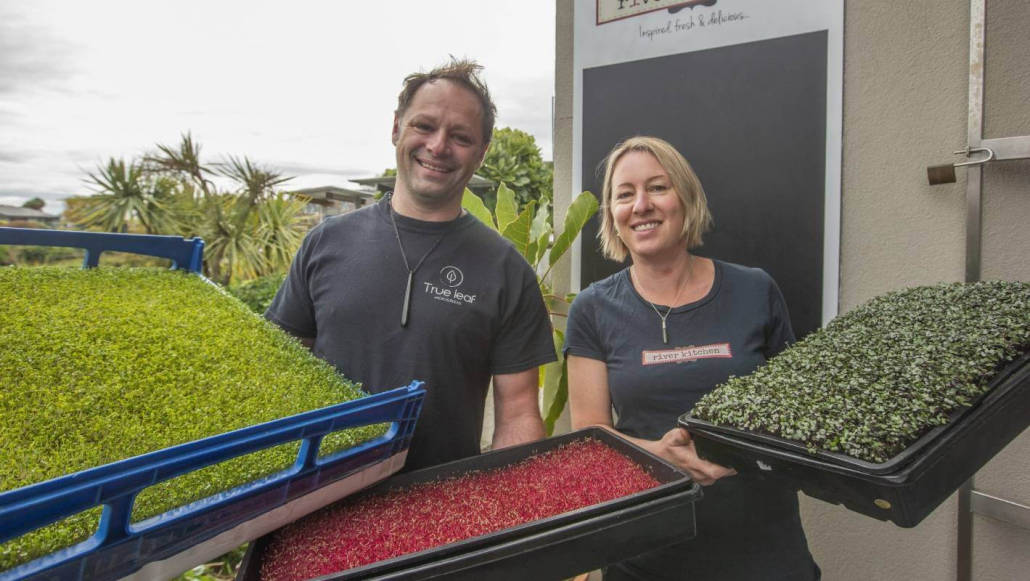 The skills he developed over the years come into play with the innovative design of his microgreen growing system which he is continuing to develop. Dan refers to it as a vertical garden, in reality it is a series of vertical shelves with grow-trays for the microgreens with all of the plant feed delivered by a computer controlled misting system rather than traditional flood and drain hydroponic tables. This system has a very low environmental impact as it preserves water ensuring that plants are only fed as they require it and in appropriate quantities.
The skills he developed over the years come into play with the innovative design of his microgreen growing system which he is continuing to develop. Dan refers to it as a vertical garden, in reality it is a series of vertical shelves with grow-trays for the microgreens with all of the plant feed delivered by a computer controlled misting system rather than traditional flood and drain hydroponic tables. This system has a very low environmental impact as it preserves water ensuring that plants are only fed as they require it and in appropriate quantities.
“We are making it our mission to grow in a more sustainable way, developing our own unique vertical farming systems, designing and coding our own computer programmes to run those systems, and prototyping aeroponics (misting) as our main supplier of organic nutrients for the garden.
The microgreens are carefully grown in his vertical garden system, with chef trays delivered to restaurants and cafes across the region. The microgreens, still growing in their trays, are hand delivered to restaurants so that chefs are able to harvest the microgreens as they need them, “direct from their own tiny garden to the plate – the ultimate in farm to table produce.”
This ensures the microgreens remain undisturbed, fresh, nutrient dense and packed with as much flavour profile as possible. “Food grown and cut hundreds of kilometres away from the mouths it feeds loses its roots, its nutrients and its flavour which is why locally grown, chemical free produce is always best”.
Some of Nelsons top chefs agree – True leaf microgreens already counts Jellyfish, Cod and Lobster, Hopgood’s & Co, River Kitchen, Bobby Franks, Morrisons, East Street, 7010, Lambrettas, and Burger Culture among its customers.
As well as selling ready to harvest crops to restaurants and cafes he sells pre-cut packs for you and me to buy to use at home supplying Fresh Choice, Benge & Co, Organic Foods on Collingwood St, the Organic Co-op, and Mapua Country Store.
What’s the long-term future of True Leaf Microgreens? “We would love to see the True Leaf Vertical Growing System in cities throughout New Zealand. New Zealand is ready for vertical farming, it’s less intrusive and preserves water and natural resources, laying the foundation for a new urban food system.
“With core values of respect, innovation, and continuous improvement we are constantly rethinking how to minimise our environmental impact and give back to the local community. We use 100% compostable packaging with 10c of the sale of each retail punnet going to the Kai Rescue Food for Schools Programme.
You can head on down to the local Saturday Market to talk to owner/micro farmer/designer/ creative innovator that is Dan McKean.
